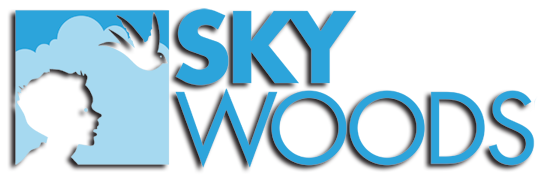Combined with aluminum or phenolic honeycombs (Nomex type), with suited contact adhesive (CHIMISTRA/COLLANO BE 3419 type) and with acrylic, acrylic urethane or fire retardant polyurethane varnishes (CELOMER 5543/9000 type for example) ensures the SW1 ANT laminate format systematically and easily succeeds vertical burn tests without resorting to any fire retardant salt.
When you order a Skywoods laminate, you are ensured of well thought out, customer proven, and systematic process.
Owner of its exclusive and patented process, Skywoods leads a chain of European providers and subcontractors located around the head office. They are all certified for ISO 9001. Each manufacturing stage has redundant suppliers ensuring a constant availability of products.
Depending on the required quantity, our production schedule is based a 2 to 6 weeks turnaround, but can vary according to order complexity. Samples can be shipped within 10 days, depending on availability and research. We always keep clients in the project loop to avoid surprises.
The layout process is as follows:


 The laminates are available in either three-layer or two-layer format.
The laminates are available in either three-layer or two-layer format.

